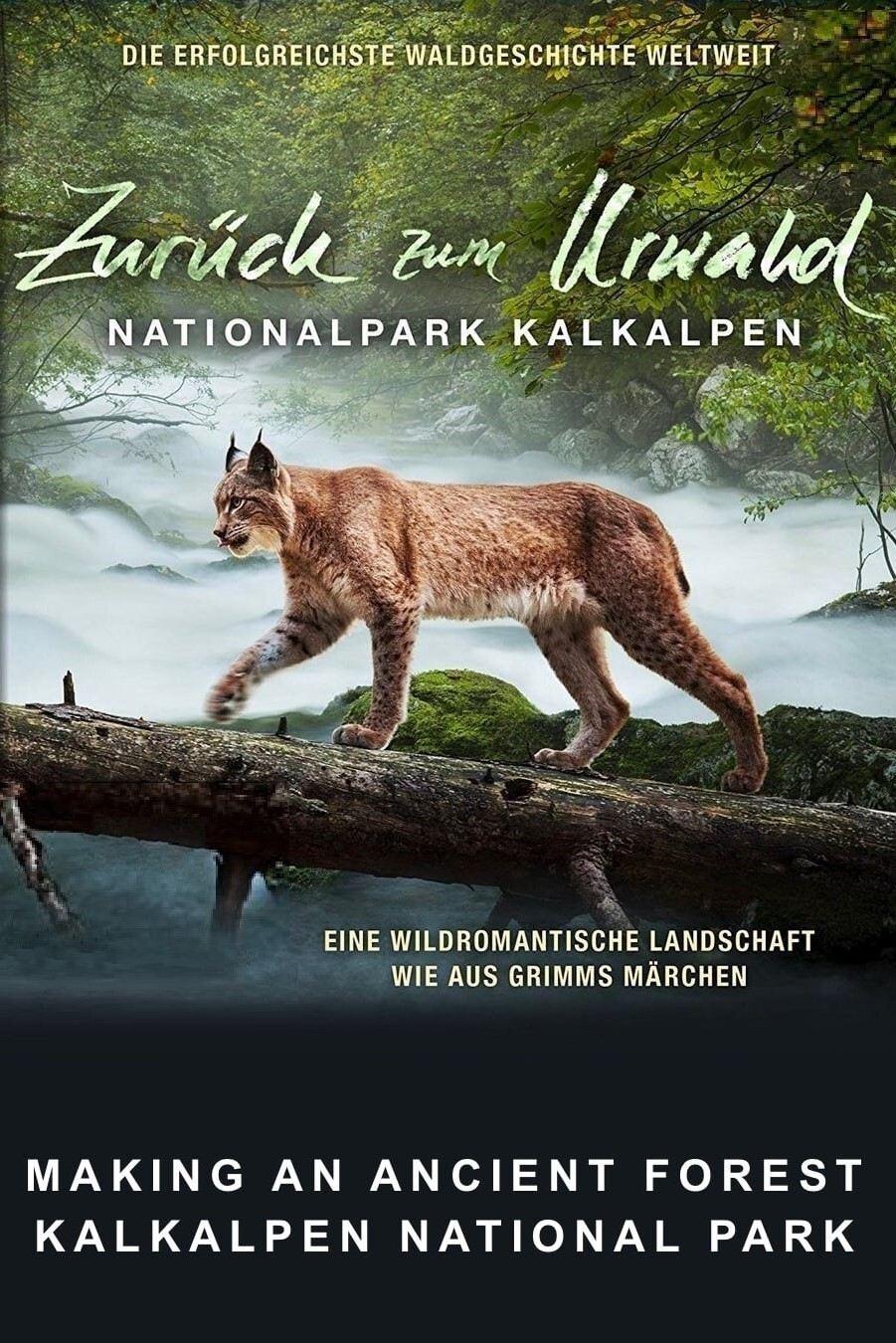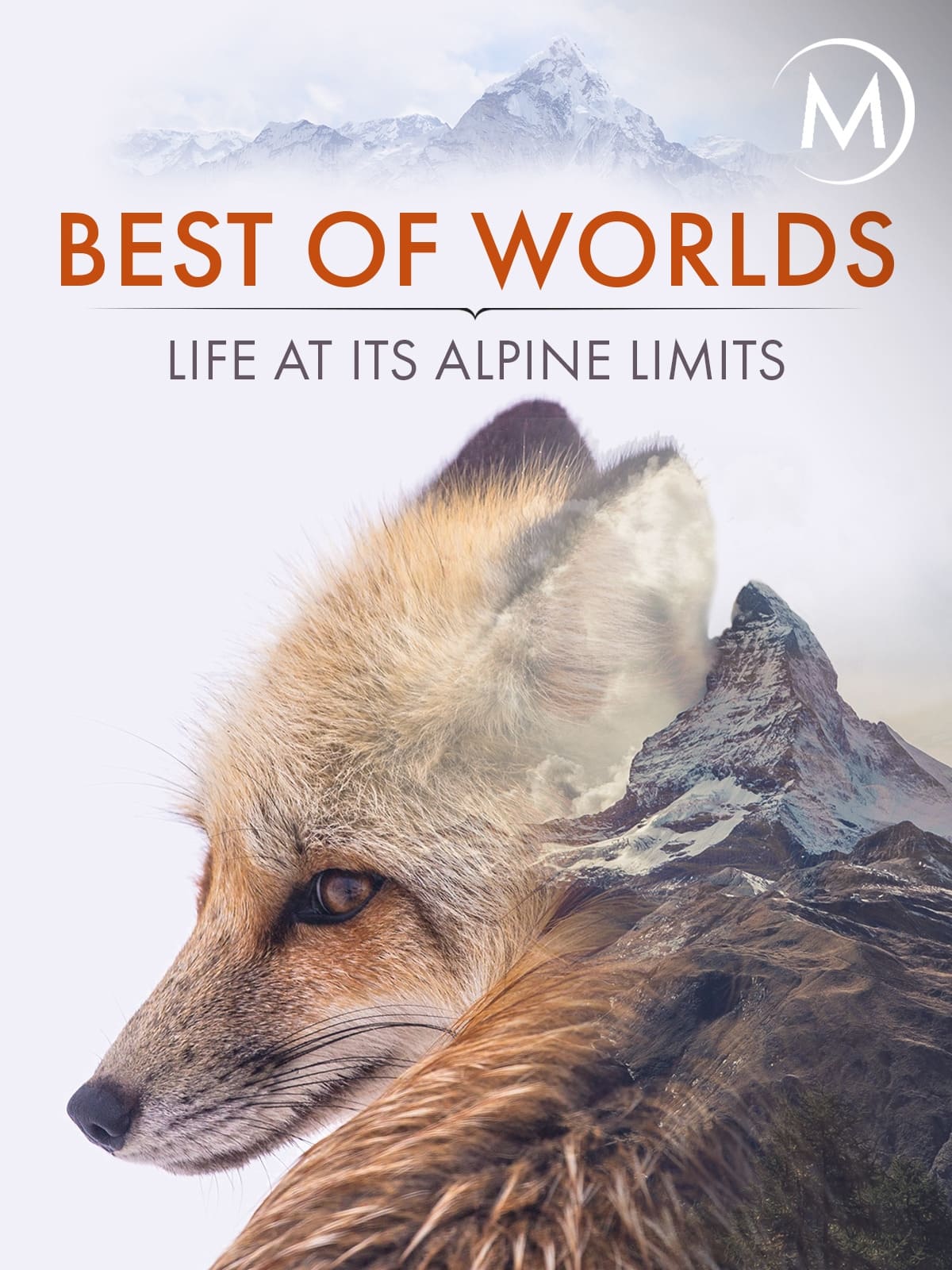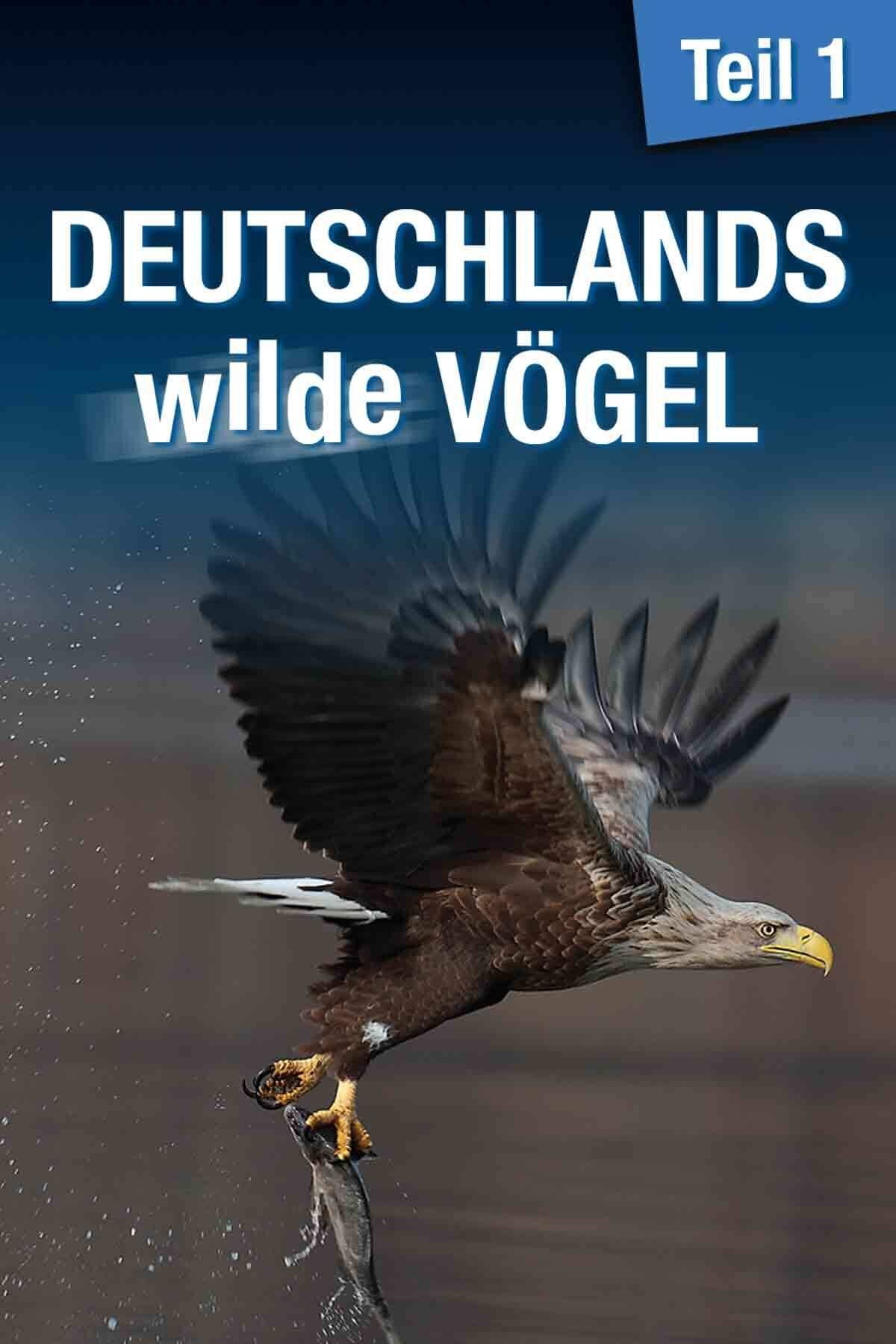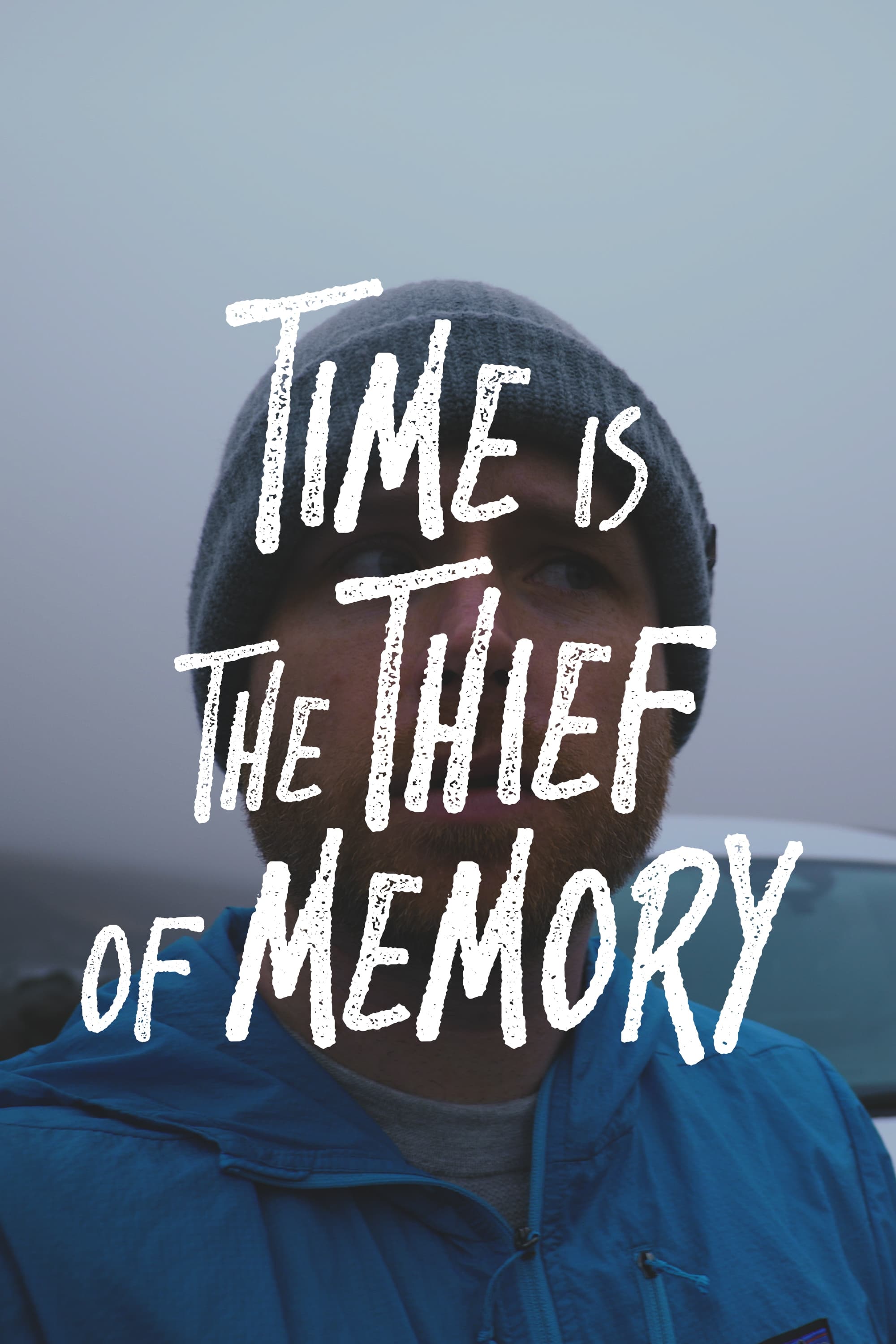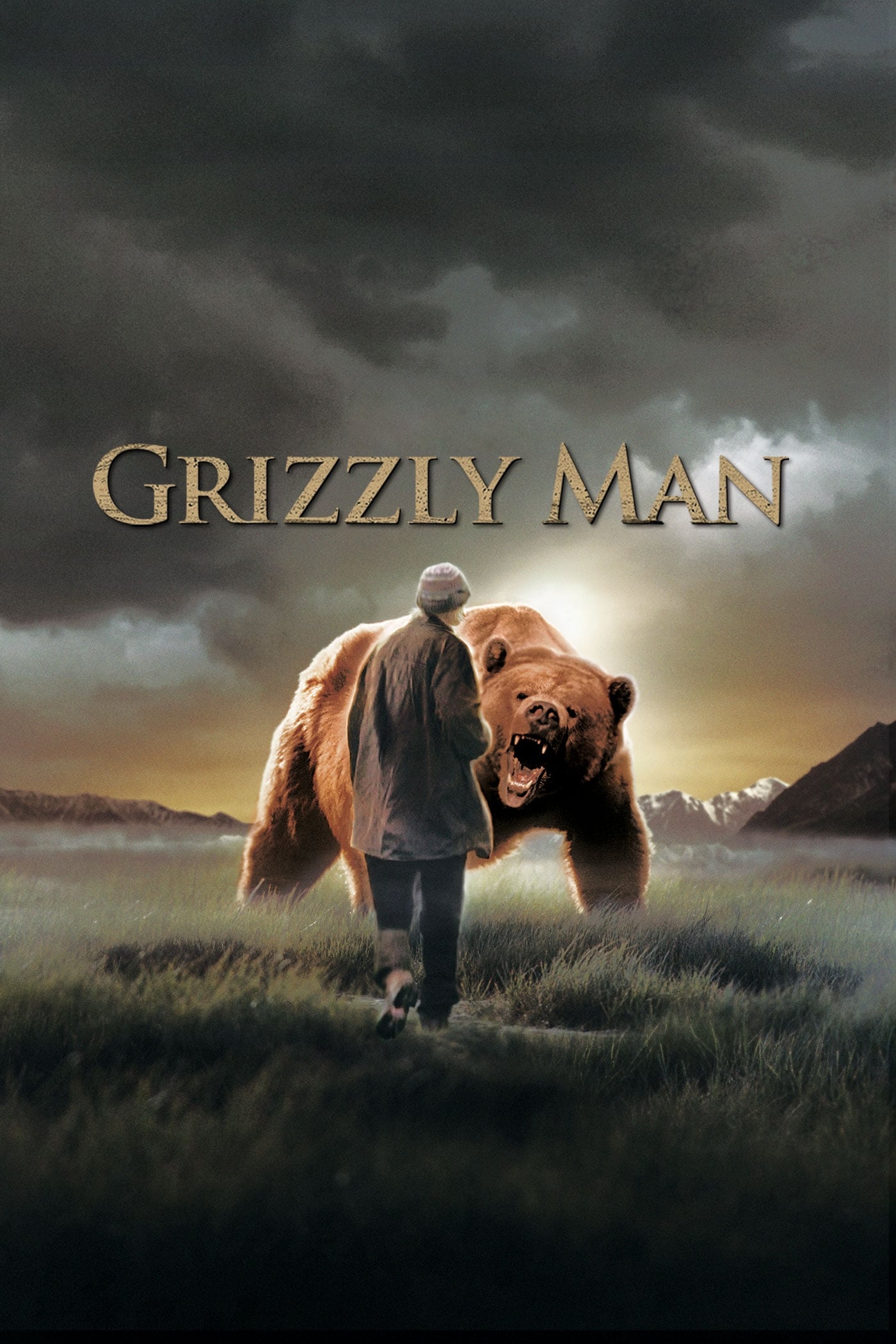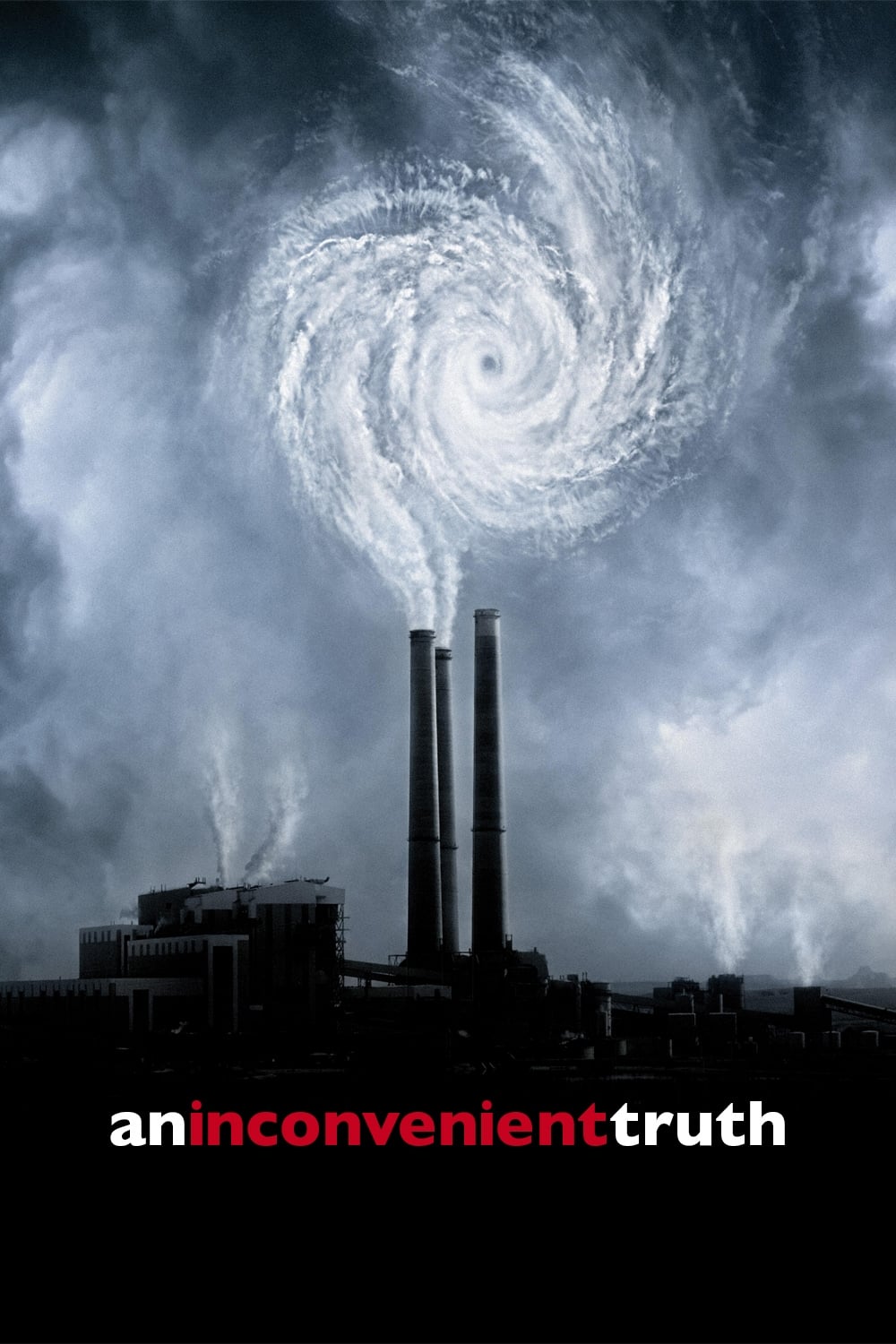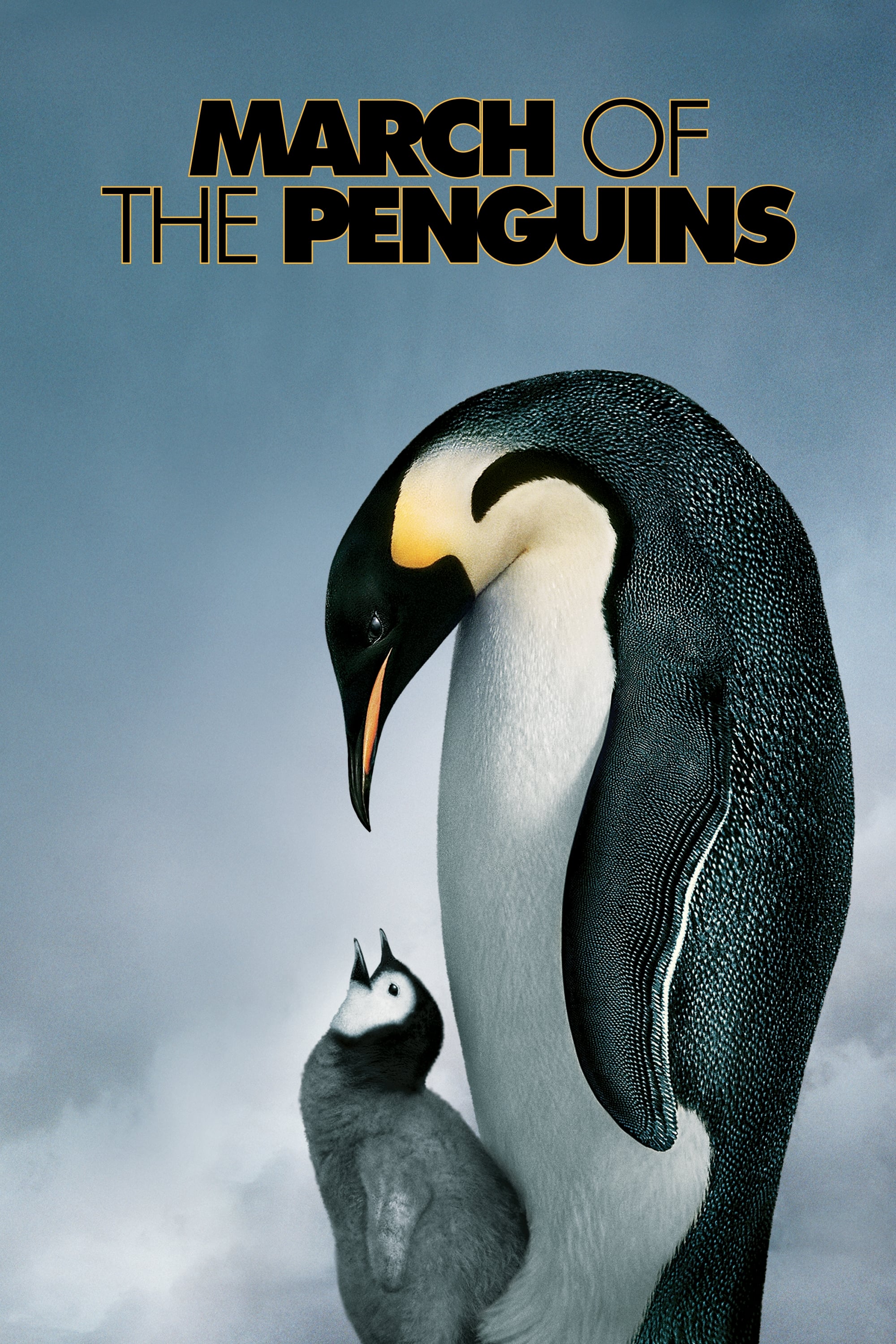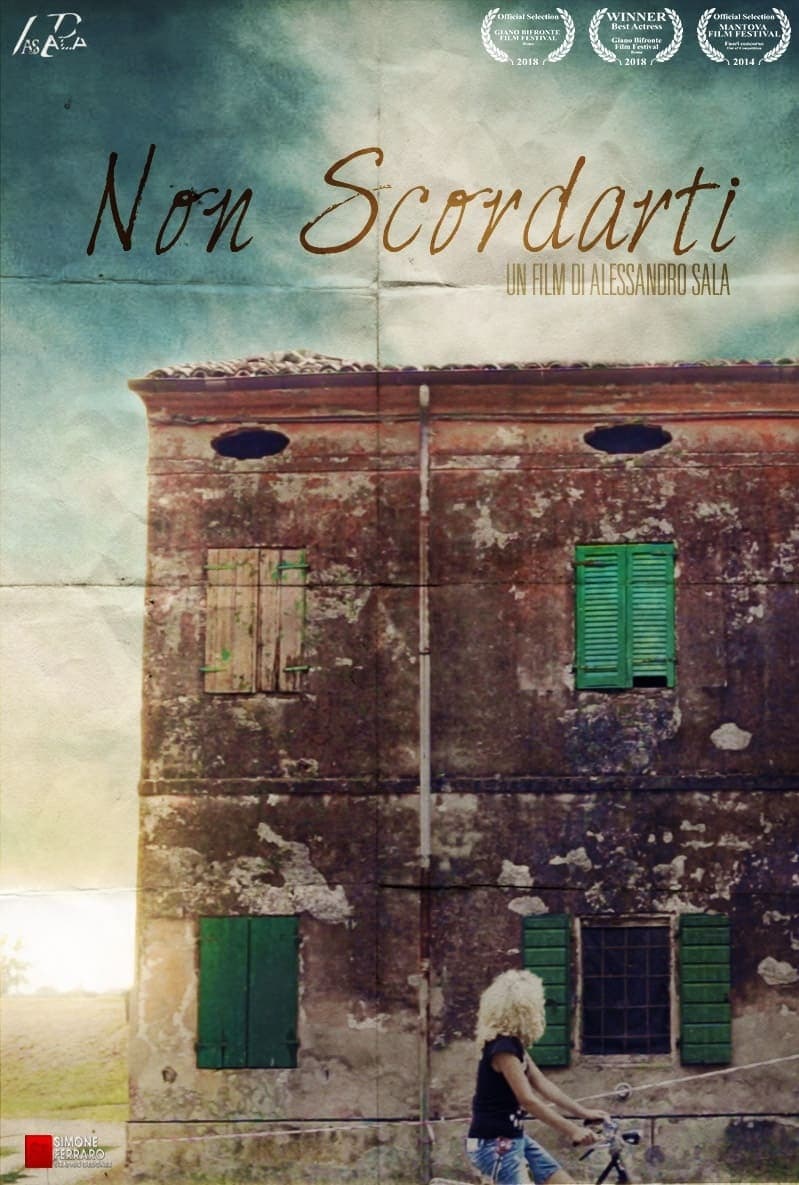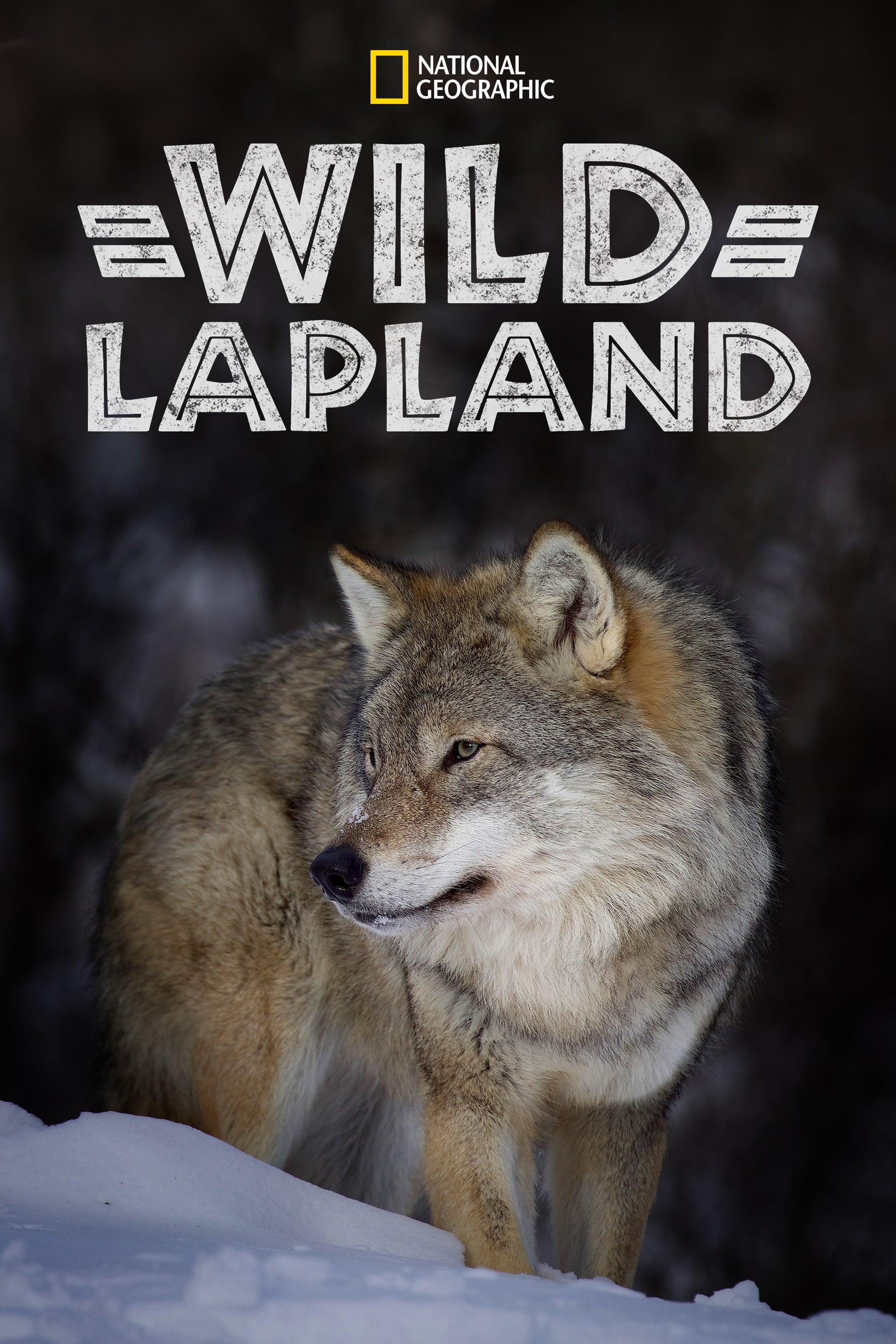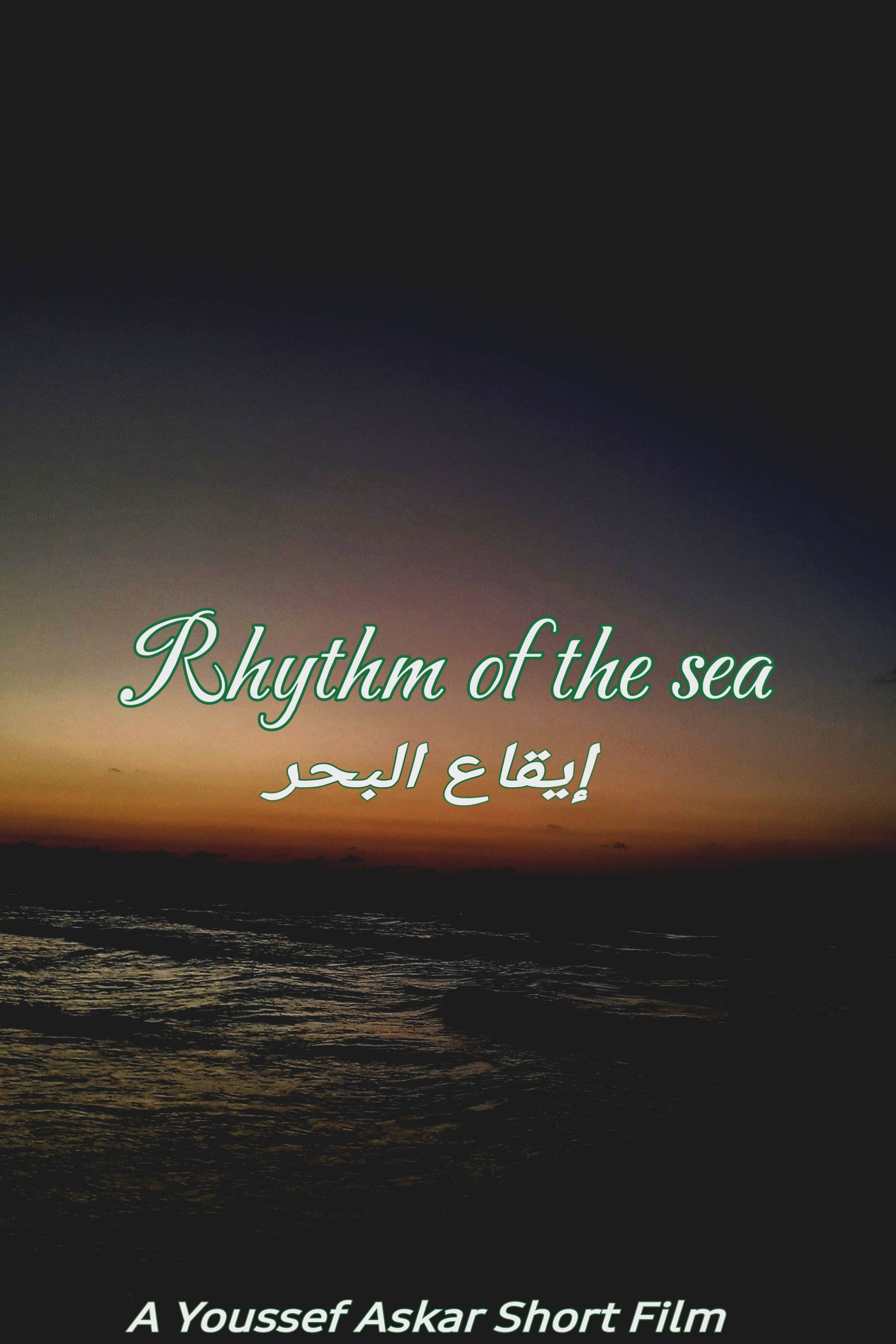
Rhythm of the sea (2024)
Overview
Rhythm of the sea is a short experimental documentary film directed by youssef askar
Production Companies
Additional Info
| Budget | $0.00 |
|---|---|
| Revenue | $0.00 |
| Original Language | en |
| Popularity | 0.2352 |
Directed By
Youssef Askar
TOP CAST
Similar Movies
Making An Ancient Forest - Kalkalpen National Park
This film, three years in the making, The remote forests of Kalkalpen National Park in Austria, the largest area of wilderness in the European Alps, have been left untouched by humans for nearly a quarter of a century in order to return to their natural, primeval state. The landscape regenerates itself in dramatic cycles of growth and decay, and this bold hands-off method of conservation yields salient results: the lynx, absent from the area for 115 years, has returned.
Best of Worlds: Life at its Alpine Limits
For 5000 years, man has sought to inhabit the more accessible areas of Europe, but at its very heart, in the high zones of the Alps, there exists a world parallel to ours. This is a world in which species have survived dramatic climatic upheavals, human exploitation of the land, and now the pressures of mass tourism. The Alps are home to plants and animals that owe their success to an amazing capacity to live in conditions that, for other species–humans included–would be barely tolerable. For them, however, this is everyday life.
Careless Reef part 2: Abu Kiffan
Abu Kiffan is the name of a reef near Safaga in Egypt. In the film we are drowned in sound, time slows down and we are given a closer look at what’s going on. Part two of Holthuis’ series Careless Reef, four films about the world under water.
The Gaze of the Sea
A woman with a troubled past embarks on a journey to deliver a message from the grieving families of fishermen lost at sea five years ago, at their last known location in the Gulf of Mexico. Her odyssey becomes one of personal redemption.
Grizzly Man
Werner Herzog's documentary film about the "Grizzly Man" Timothy Treadwell and what the thirteen summers in a National Park in Alaska were like in one man's attempt to protect the grizzly bears. The film is full of unique images and a look into the spirit of a man who sacrificed himself for nature.
An Inconvenient Truth
A documentary on Al Gore's campaign to make the issue of global warming a recognized problem worldwide.
Gulf Stream and the Next Ice Age
As co-created by environmentalists Stephan Poulle and Nicolas Koutsikas, the documentary Gulf Stream and the Next Ice Age argues and provides evidence for the idea that mankind is wreaking permanent and potentially irreversible damage on the ecosystem by interfering with the natural course of the Gulf Stream. Koutsikas and Poulle suggest that this interference, in turn, will prompt a new Ice Age that virtually destroys the modern world.
March of the Penguins
Every year, thousands of Antarctica's emperor penguins make an astonishing journey to breed their young. They walk, marching day and night in single file 70 miles into the darkest, driest and coldest continent on Earth. This amazing, true-life tale is touched with humour and alive with thrills. Breathtaking photography captures the transcendent beauty and staggering drama of devoted parent penguins who, in the fierce polar winter, take turns guarding their egg and trekking to the ocean in search of food. Predators hunt them, storms lash them. But the safety of their adorable chicks makes it all worthwhile. So follow the leader... to adventure!!
Microcosmos
A documentary of insect life in meadows and ponds, using incredible close-ups, slow motion, and time-lapse photography. It includes bees collecting nectar, ladybugs eating mites, snails mating, spiders wrapping their catch, a scarab beetle relentlessly pushing its ball of dung uphill, endless lines of caterpillars, an underwater spider creating an air bubble to live in, and a mosquito hatching.
Bloodsuckers
Documentary about creatures that have vampire tendencies, including bloodsucking moths in South America, vampire finches that drink the blood of other birds, and mosquitos.
Mabu: Saving the Secret Forest
We follow a team of scientists on a gruelling expedition into a remote rainforest in Mozambique. They're hoping to prove that Mount Mabu's animals and insects are unique and in need of official protection.
Balance of Life
“Balance of Life” is a film about life’s and human kinds’ fight to find the balance between our own evolving life style and the nature of the planet we inhabit. The human race is drifting further and further away from its real roots and from what being a human is really about. The speed of development has increased to a state where humans have a hard time keeping up. We find ourselves in a situation where both our own and the planets’ wellbeing is severely threatened. As a last resort human is relying on faith to find the balance. Is faith the last defense of man or is this world guided by forces greater than us? Is this force God, evolution or just the mere sum of coincidences that formed the universe, the natural order and laws of physics?’ Watch it here (https://vimeo.com/51203265)
My Tiger Family
In the jungles of north west India, there lives a remarkable wild tiger family. Now, using 50 years of footage, the story of their matriarchal clan is pieced together.
Wild Lapland
Snow blankets the trees and green lights dance in a star-filled sky. For a brief time during the festive season, our thoughts turn to a winter wonderland, far to the north. It’s a place best known to outsiders as Lapland, the magical home of Santa Claus. But far from the festive lights, Santa’s home is even more enchanting than you may realise.
Animal Olympians
Animal Olympians examines the extraordinary athletic prowess of the animal kingdom, comparing and contrasting the beauty, endurance and sheer power of a variety of creatures with that of human sportsmen.
Quest for the Giant Squid
The quest led by well respected scientists to record the Giant Squid.
